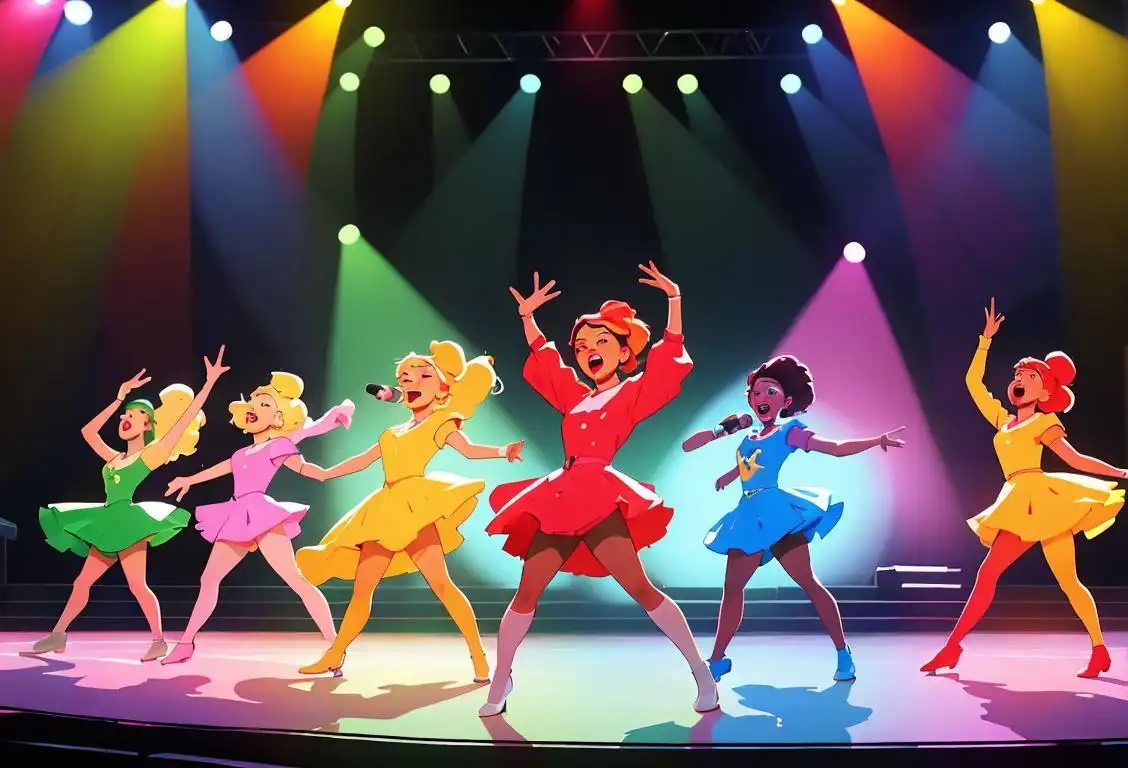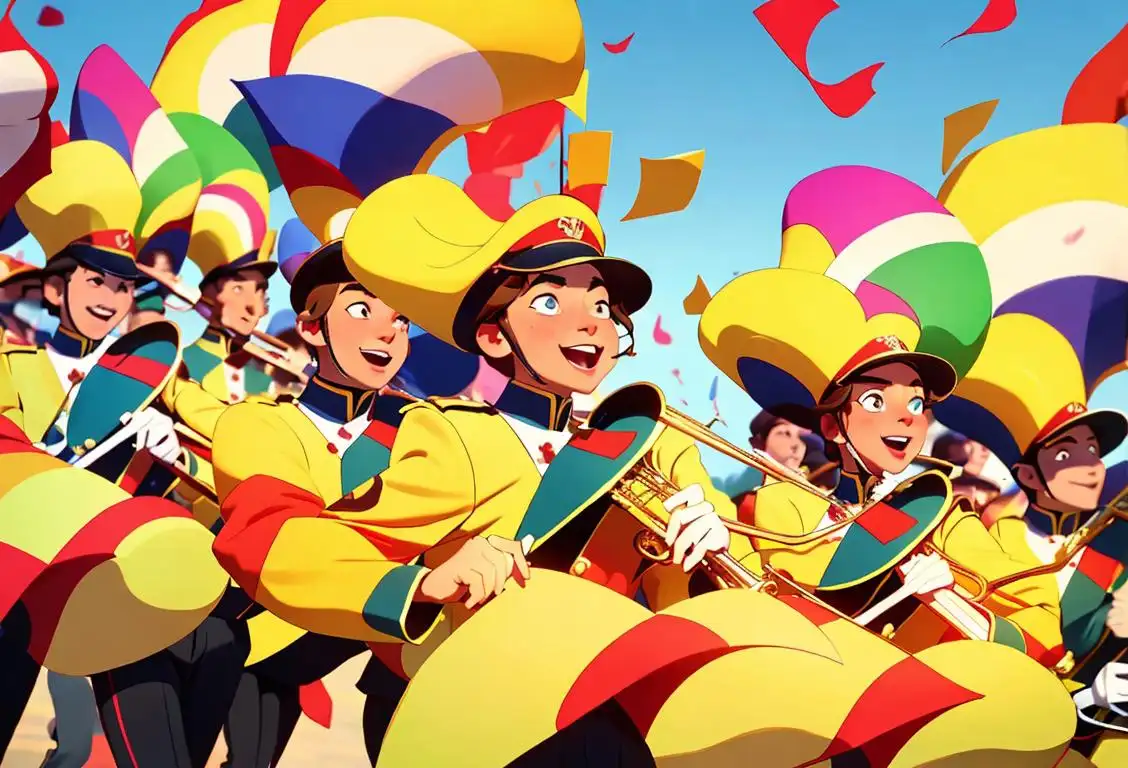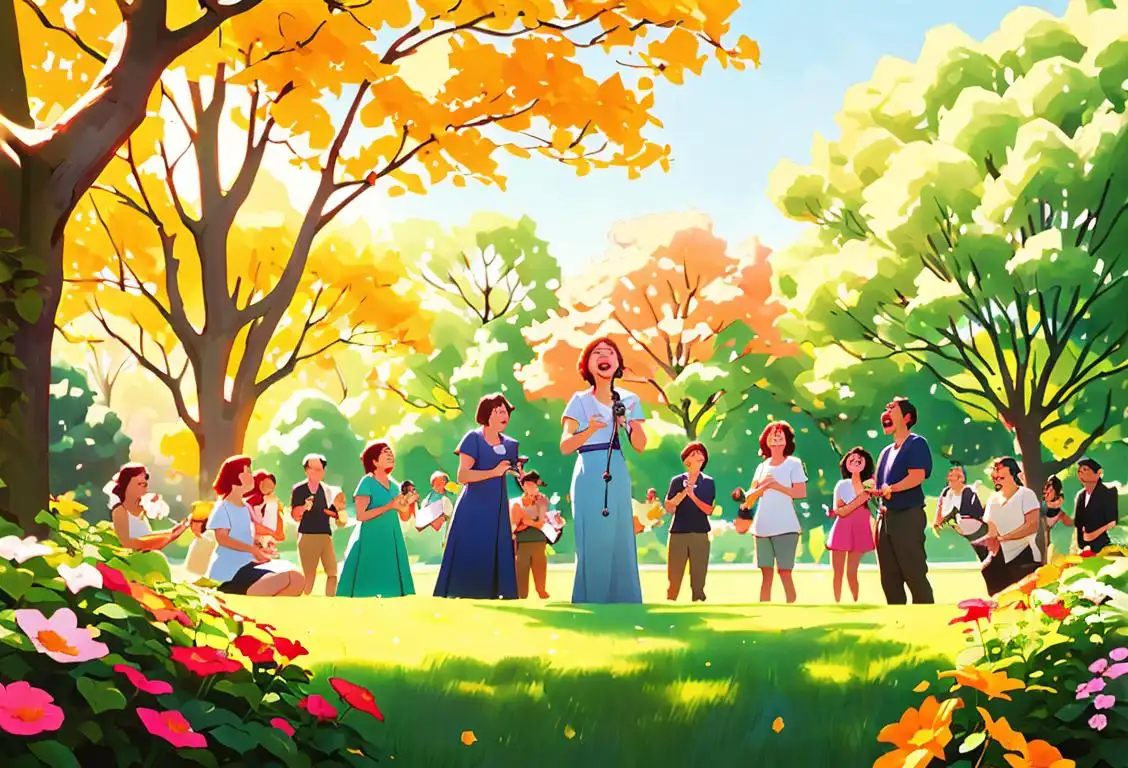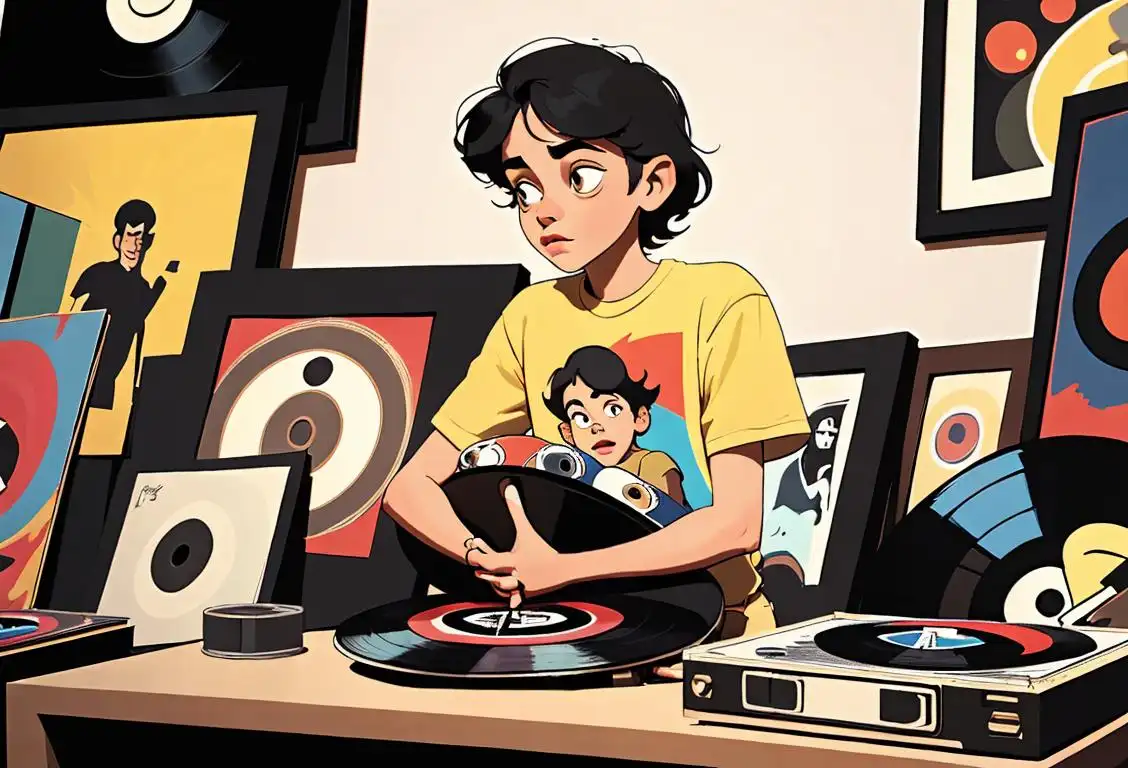National Drumming Day
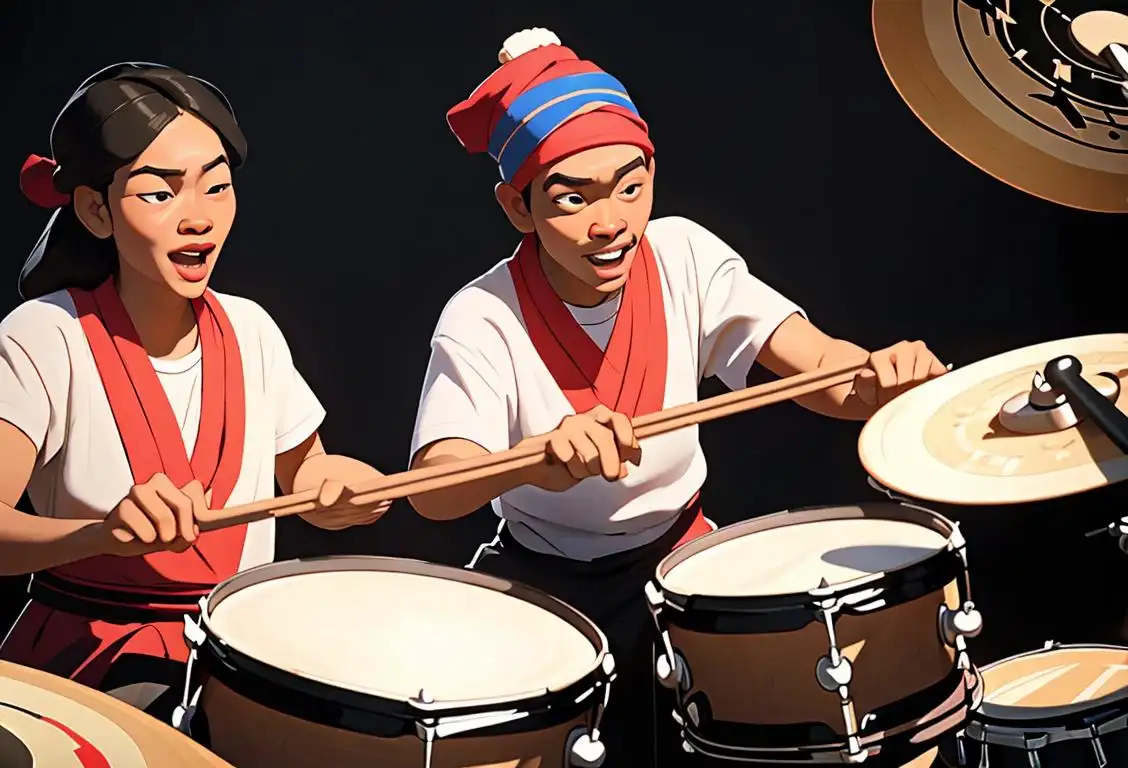
Welcome to the exciting world of National Drumming Day! Get ready to bang those drums and march to the beat of your own rhythm. This is a day that celebrates the joy and power of drumming, where people from all walks of life can come together to create music and make some noise. So grab your drumsticks and let's dive into the vibrant history and interesting facts about this rhythmic holiday!
When is Drumming Day?
It's national drumming day on the 15th November.
The Internet History of National Drumming Day
Imagine a world without drums. No drum solos, no tribal beats, no energetic rhythms. It's a sad thought, isn't it? Thankfully, National Drumming Day was born to honor the ancient art of drumming and remind us of the impact it has on cultures all around the globe.
Initially, National Drumming Day was celebrated offline, with drum circles in parks and community centers. But as the internet became a booming space for all things quirky and fun, drumming enthusiasts seized the opportunity to spread their love for beats online.
In recent years, social media platforms have exploded with #NationalDrummingDay hashtags and videos of drummers showing off their skills. From mesmerizing drum covers to entertaining drumming challenges, the internet has become a virtual stage for drumming aficionados to showcase their talent.
Did You Know?
Did you know that playing the drums can actually be good for your health? It's true! Drumming is not only an excellent way to relieve stress but also a great workout for your body. It can improve coordination, boost your mood, and even strengthen your immune system. So the next time someone tells you to turn down the volume, just tell them you're practicing your healthy habits on National Drumming Day!
History behind the term 'Drumming'
5000 BCE
Ancient Origins
Drumming has been a part of human culture for thousands of years. The earliest evidence of drumming can be traced back to ancient civilizations such as Mesopotamia and Egypt around 5000 BCE. In these societies, drums were used for communication, religious rituals, and even warfare. These early drums were often made from natural materials like animal skins stretched over wooden frames.
2000 BCE
Drums in Ancient China
Around 2000 BCE, drumming also played a significant role in ancient China. Large ceremonial drums were used during religious ceremonies and festivals. These drums were typically made from bronze and decorated with intricate designs. Drumming was considered a way to connect with the spiritual realm and was believed to have the power to drive away evil spirits.
Africa, the Birthplace of Rhythm
500 CE
During the 5th century CE, Africa became the birthplace of rhythm and drumming traditions that would influence musical cultures worldwide. African tribes incorporated drums into their daily lives, using them for communication, storytelling, and celebrations. Different regions developed their unique drumming styles, each with its distinctive rhythms and techniques.
1200s CE
Middle Ages and Military Drums
In Europe during the Middle Ages, drums took on a new role in military affairs. Marching drums were introduced, providing soldiers with a rhythmic beat to march to and maintain formation during battle. Drums became an essential part of military communication and were often used to signal various commands to troops on the battlefield.
18th Century
The Evolution of Drumsets
In the 18th century, drumming underwent a significant transformation with the invention of the modern drumset. Innovations such as the addition of foot pedals for bass drums and the introduction of cymbals allowed drummers to create more complex rhythms and expand their musical possibilities. This evolution set the stage for drumming to become an integral part of various music genres, including jazz, rock, and pop.
20th Century
Drumming's Cultural Impact
In the 20th century, drumming gained even more prominence and became an essential element of popular music. Iconic drummers like Gene Krupa, Ginger Baker, and John Bonham pushed the boundaries of drumming techniques and became revered figures in the music industry. Drumming became a symbol of rebellion, expressiveness, and rhythm, shaping the sound of various musical genres across the globe.
Did you know?
Did you know that playing the drums can actually be good for your health? It's true! Drumming is not only an excellent way to relieve stress but also a great workout for your body.Tagged
fun celebration musicFirst identified
15th November 2015Most mentioned on
15th November 2017Total mentions
82Other days
Stadium Concert And Had To Add Another Day
Marching Arts Day
Music Day
Record Store Day
Giggs Day
Dogg Day
Drummer Day
Sing Out Day
Album Day
Hate On Blackpink Day
